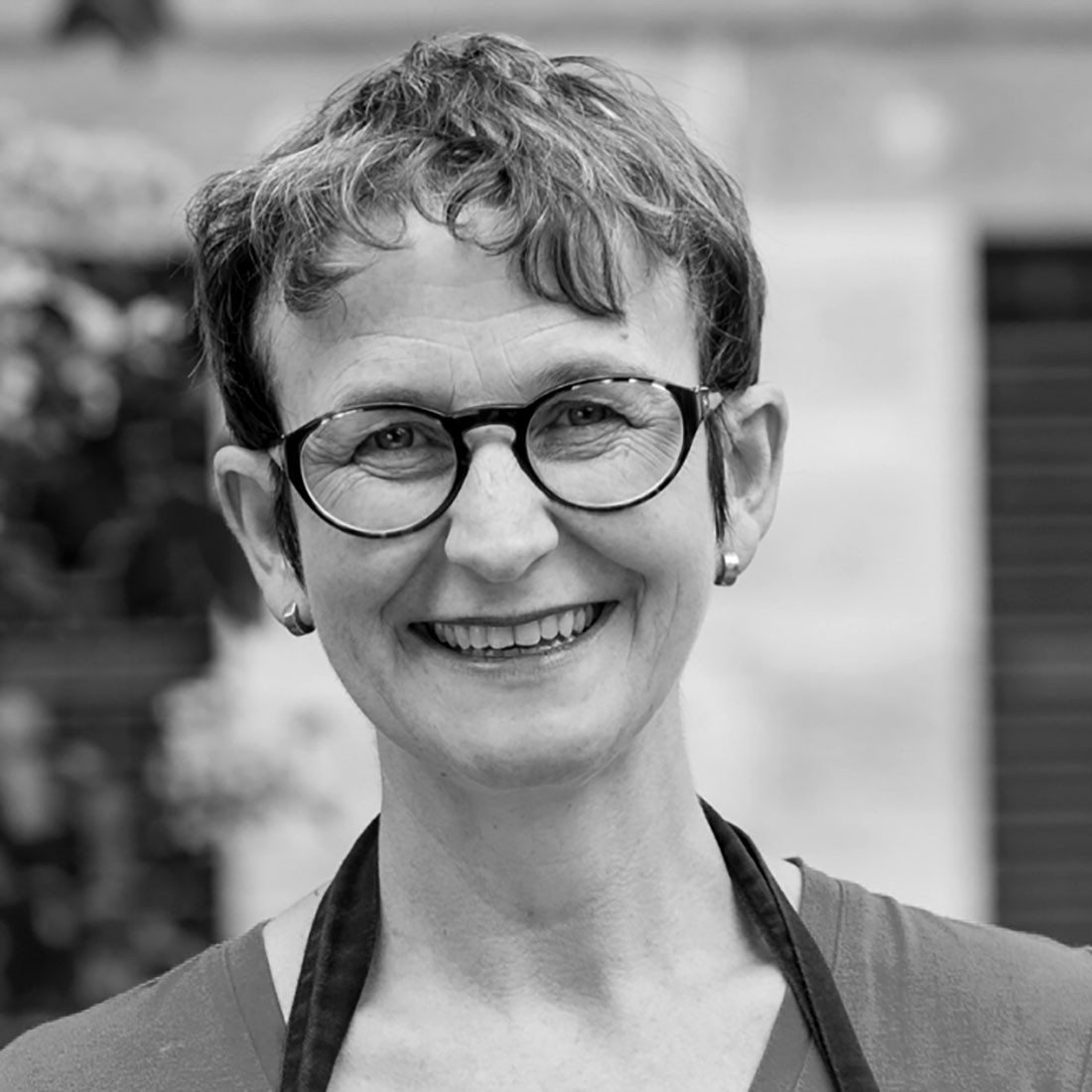Jacqui Newling
Thank you for talking with us Jacqui. What a beautiful book! Eat Your History: Stories and recipes from Australian kitchens is hard to put down. Even my husband, who abhors cooking programs, is now immersed in your book. Tell us a bit about this book’s provenance.
To me it is a history book as well as a cook book. Food has always been part of what we do at Sydney Living Museums. Food makes history come alive. We do major events each year which are big open days with food themes and we do smaller in-depth themed workshops around traditional foods. Even on a normal tour visitors will get the feeling the inhabitants have just vacated the house – kitchen tables arranged as if food is being prepared, smells from food being cooked, kitchen gardens that people can potter around.
I am the resident gastronomer at Sydney Living Museums, so Eat your history is based on historical research from our properties, such as Vaucluse House and Elizabeth Farm. The content is drawn from personal memoirs, journals, letters and oral histories; records and reports of activities and events; graphic images; the buildings themselves; archaeology, historical artifacts, such as people’s possessions, thing’s they used; and, of course, family cookbooks and recipes.
I love the term ‘gastronomer’. What exactly does that mean?
For me, a gastronomer practices the art of gastronomy, considering food in all its guises – not simply how it tastes, but how and why it got to the table in the first place. This is distinct from the word ‘gastronome’ – one who takes pleasure in eating and appreciates food. The notions of ‘paddock to plate’ and ‘field to fork’ are now quite common in terms of physical production, but a gastronomer explores what that food means to us, how much or little we value it, and what influences our perceptions of ‘good food’.
Eat your history explains what we have kept and what we have let go. There is usually a reason that some of these dishes haven’t survived – availability and fashion, but also smell and texture have been important, and ‘toothsomeness’. For example, jellied eels and tongue were very popular in the 18th and 19th century but today many people find them distasteful.
The book is a visual delight with excellent illustrations and prints. How did you source the images for the book?
The book contains a mix of photographs taken in our heritage properties, such as Elizabeth Bay House, Susannah Place and Meroogal, together with historical images. The historical images are artworks and photographs from various collections, most of them Australian but one from London’s Natural History Museum by an unknown ‘First Fleet painter’. Others are from private family collections. We also used graphic illustrations from old technical arts and cookery books.
And the recipes. Genuine recipes from times gone by, for readers to try. I have always been puzzled about foods like Pease Pudding. Were genuine recipes from our past difficult to find and recreate?
Some recipes were so fundamental that they were not recorded at all, but learnt and passed on almost organically; pease pudding, to use your example, is one of them. Everyone knew how to make it so it is rarely found in recipe books. It wasn’t until it became less common that it was included in cook books as a nostalgia dish, the one I use is from 1845.
Even when you do have a recipe to work from, cooking techniques, equipment and measurements have changed, as have ingredients themselves, so it is difficult to replicate them exactly. And because there are few surviving images of the finished dish, it is hard sometimes to know just what it was meant to look like. I still don’t know if pease pudding was made with green or yellow peas, that knowledge is simply assumed. My father remembers his mother making pease pudding so it was still around in England in the early 1900’s, and she used yellow split peas.
Your book, Eat Your History: Stories and recipes from Australian kitchens, has whetted my appetite for early recipes. There are lots in the book but for those of us who like to experiment, where can we get more?
Our blog The Cook and the Curator – explores lots of different aspects of colonial food and taste. The blog has over 140 recipes. Go to http://blogs.hht.net.au/cook/about/
One of your major challenges has been to bring our historic houses alive by introducing visitors to working kitchens of the period through fabulous smells and images. Tell us how this part of your work emerged.
This is what we call ‘interpretation’ in the heritage sector. It’s one thing to be told how something works, more meaningful to see it in action, but quite something else to see, smell and taste the sorts of food that were produced in what we now consider primitive or rudimentary kitchens. In fact many techniques were logical, practical and fruitful, and some were quite sophisticated. Although things took a lot more time and effort to prepare, food was more highly valued and appreciated than it is now, because we nowadays don’t have to invest in preparing food so intimately. And one qualifier: the food doesn’t always smell fabulous – boiled mutton and calf’s head come to mind!!
You have a Cordon Bleu Masters degree and you work as a curator of living history. Tell us something about your own career path and what sparked such a unique combination of interests.
It took me 40 years to work out what I wanted to do when I grew up. I went to TAFE first and studied nutrition, and then I did a Masters in gastronomy. Now I am working towards a PhD in history. I am a late bloomer!
I’ve always been drawn to food and food culture and had a fascination for social history. There’s nothing we eat that doesn’t have a place in history. Food and eating is something that we share with people who were living in the past, so I use food as a lens, or portal, into history. What does food tell us about history, and what does history tell us about what and how we eat today?
My inspiration comes from the hidden stories in Sydney Living Museum’s heritage places themselves. Too often the history we learn is ‘big white man’s history’ but for me history starts from the ground up. Imagine what it was like to cook in those kitchens or eat at those dining tables. What foods did they eat and how were they prepared?
Finally, on a personal note, what do you like to do on your days off, if you have any?
Pottering around in my kitchen, experimenting with old, new and curious recipes; researching my thesis (food security in the first years of European settlement of New South Wales), and as many yoga classes as I can get to amidst life’s general family/friends/work/study chaos. In my kitchen, experimenting with old, new and curious recipes; researching my thesis.
Thank you Jacqui. I understand that some of the recipes from your book will be available to try at the Festival. Looking forward to seeing you at the St Albans Writers’ Festival and tasting some food from our history.


